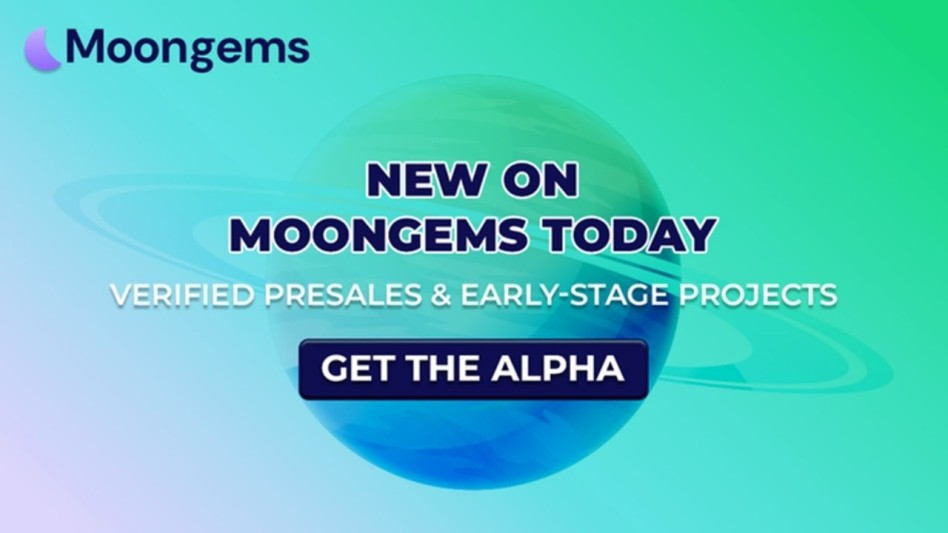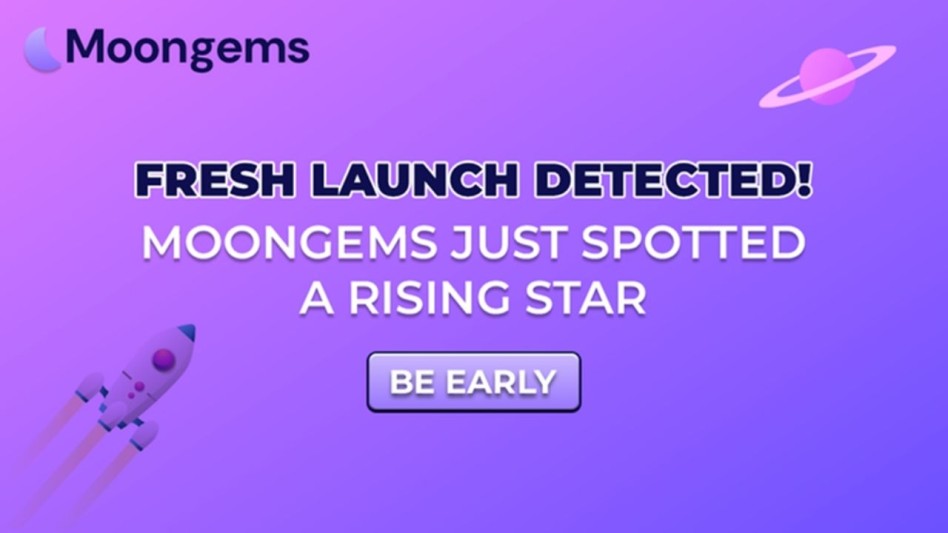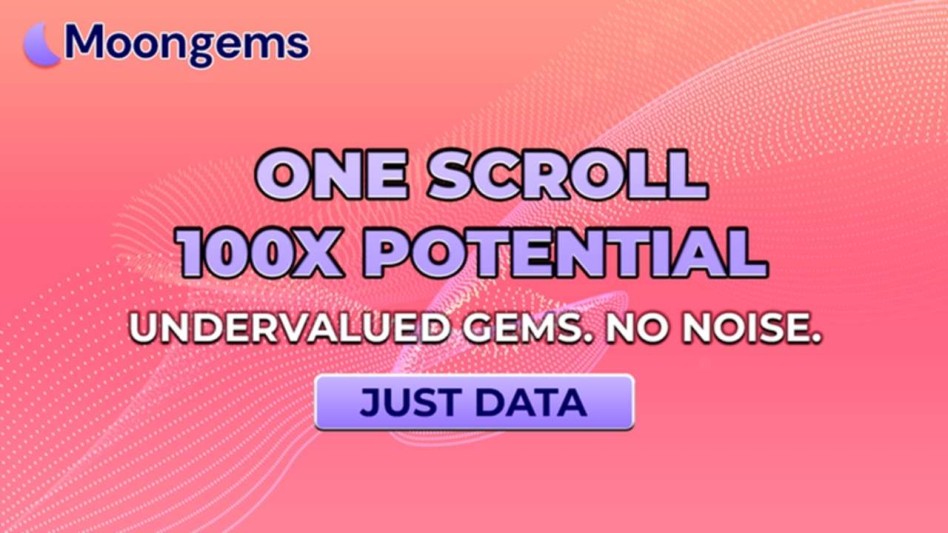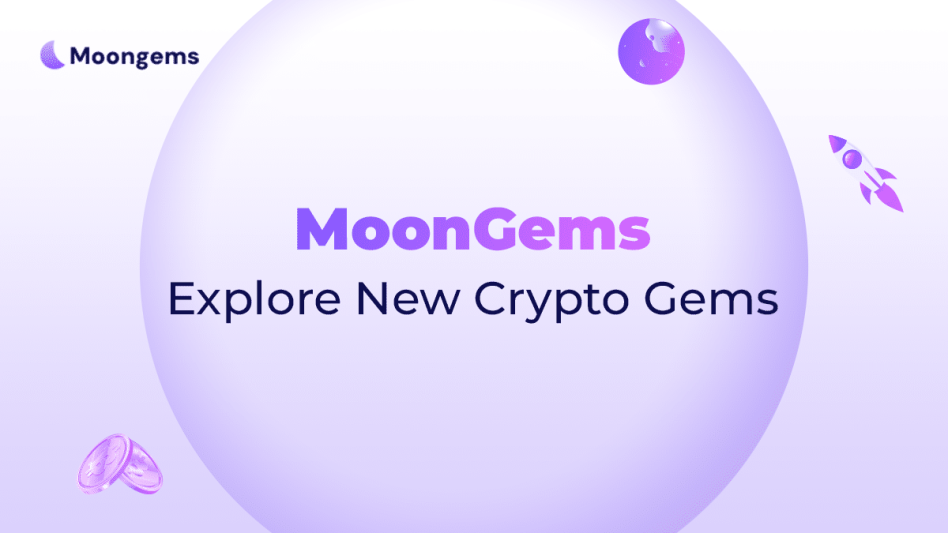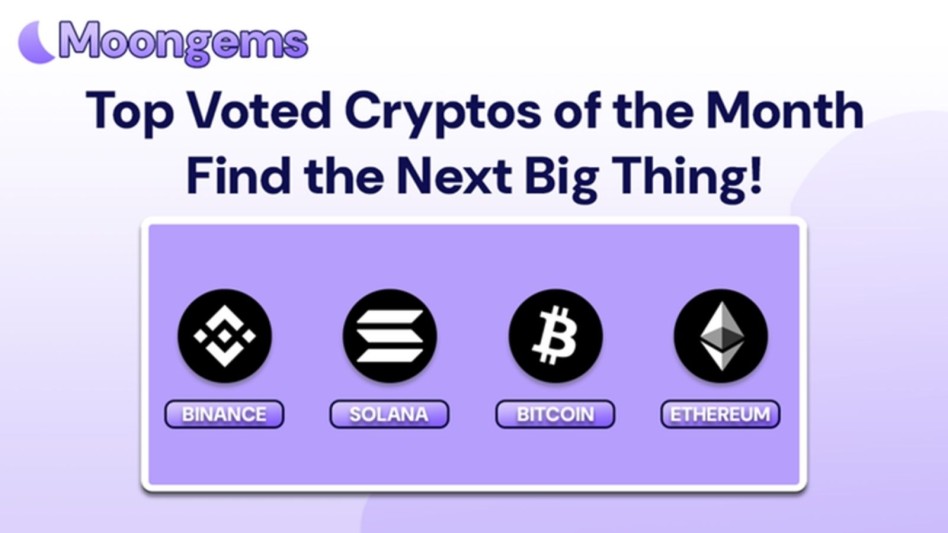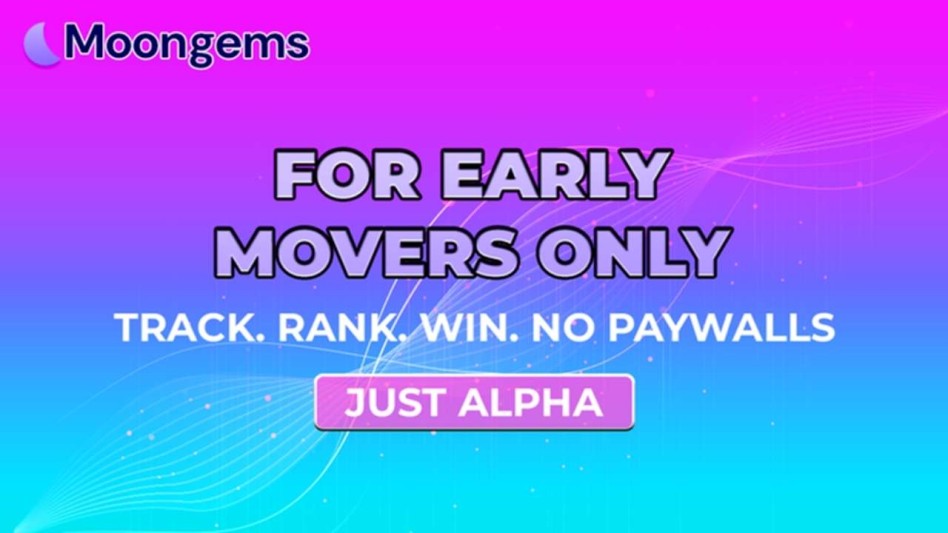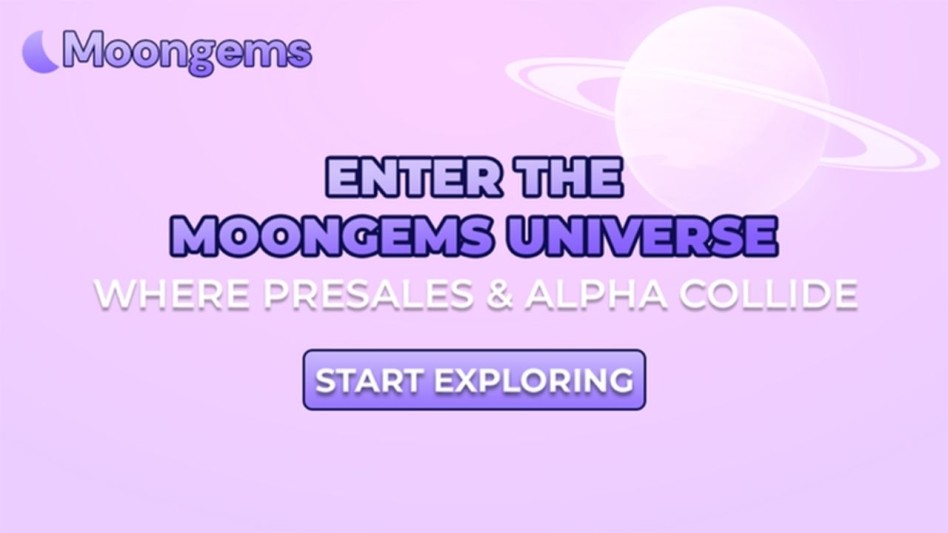Author: Jawad Hussain – Crypto Analyst & Web3 Researcher | 9+ years tracking presales, IDOs, and token launches. Follow him on Twitter
In 2025, token presales remain the best opportunity to capitalize on a massive upside before the crowd arrives. But one thing separates smart investors from hopeful guessers — the ability to read tokenomics.
Tokenomics — or token economics — is more than a buzzword. It’s the financial blueprint behind a token. And if you're not checking the blueprint before investing, you’re flying blind.
In this full guide, you’ll discover 7 key ways to analyze tokenomics before joining a crypto presale. Whether you're a beginner or already deep in the Web3 trenches, this guide will help you make sharper decisions and avoid costly mistakes.
What Is Tokenomics in Crypto?
Tokenomics refers to how a cryptocurrency’s token is structured, distributed, and used across its ecosystem. It answers critical questions like:
- How many tokens exist in total?
- Who gets what share of them?
- How are tokens unlocked over time?
- What gives the token value?
Well-designed tokenomics can create long-term demand and reward holders. Poor tokenomics? They almost always lead to a quick pump followed by a brutal dump.
Why Tokenomics Matter for Presale Investors
Presale investors enter before the token hits the market. That means two things:
- You get in early, often at the lowest price.
- You carry the most risk — especially if the tokenomics are flawed.
Strong tokenomics can signal long-term sustainability. Weak or shady tokenomics? That’s your cue to walk away. It can protect you from being exit liquidity for insiders or from holding a token that’s set to hyperinflate.
1. Check Total Supply vs Circulating Supply
Not all cheap tokens are good buys. A token priced at $0.01 might sound affordable — but if the project has a supply of 1 trillion tokens, the fully diluted value is massive. You need to look beyond price.
- Total Supply is the maximum number of tokens that will ever exist.
- Circulating Supply is the number currently available in the market.
If only 5% of the supply is circulating at launch, the rest can flood the market later, pushing prices down. A low circulating supply with no lockup plan is a major risk.
Action Tip: Use trusted aggregators like CoinGecko or MoonGems to compare circulating vs total supply at launch. Look for projects that gradually release supply with a long-term plan.
2. Analyze Token Allocation Breakdown
How a project splits up its tokens can tell you who really benefits.
Here’s a typical breakdown:
- Public Sale (10–25%): This portion is sold to regular investors. If it’s too small, there’s not enough market access, which can lead to sharp price volatility when the token lists.
- Team & Advisors (10–20%): This is usually locked for a period to ensure long-term alignment. If too much is allocated here without vesting, the project may be insider-heavy.
- Treasury or Reserves (10–30%): Used for future development, partnerships, or emergency funding. You’ll want to see this portion properly secured or subject to governance.
- Community Incentives (15–35%): This is how users are rewarded — through staking, airdrops, and loyalty. Healthy projects reserve a generous chunk here to grow adoption.
- DEX or Liquidity (5–15%): These tokens are used to ensure enough trading liquidity on exchanges. Low liquidity can cause price slippage and frustrate new buyers.
Action Tip: Always ask: Who benefits most from this token? If insiders control 60%+ of the supply with no lockups, that’s a major red flag.
3. Study Vesting Schedules and Cliff Periods
Even if a project has a fair allocation, it means little without smart vesting mechanics.
- Cliff: This is the initial delay before any tokens are unlocked. A 6- or 12-month cliff for team tokens prevents instant dumping after launch.
- Vesting: This is the gradual release of tokens over time. It ensures people stay involved with the project long-term instead of cashing out immediately.
For example, a team with a 12-month cliff + 36-month vesting is showing they’re in it for the long haul. On the other hand, a project with 100% unlock on day one? That’s an easy pass.
Action Tip: Look for a vesting schedule chart in the whitepaper or tokenomics PDF. Projects with tiered unlocks and cliffs for insiders are safer bets.
4. Examine Utility and Value Accrual
What’s the point of holding the token?
You need to know whether the token does anything beyond just existing. Ask yourself:
- Is it required to use the platform? If it’s a DEX, do users need the token to trade or pay fees?
- Does it generate rewards? For example, staking rewards or fee redistribution to holders.
- Can it be used for governance? Tokens that let holders vote on proposals often hold more community value.
- Is it burned after transactions? This adds deflation and incentivizes long-term holding.
For example, Arctic Pablo Coin offers staking at 66% APY and burns a portion of tokens on each transaction. That builds both passive income and scarcity — a strong combination for value accrual.
5. Check for Inflation or Burn Mechanisms
Token supply is dynamic. It can increase (inflationary) or decrease (deflationary) depending on the project’s design.
- Inflation is when new tokens are minted over time — usually to reward users or incentivize staking. That’s fine if it’s controlled, but high inflation without demand leads to dilution.
- Burn Mechanisms remove tokens from circulation, reducing supply and increasing scarcity. This is often done automatically as a percentage of transaction fees or revenue.
Not all inflation or deflation is good or bad — what matters is how it’s structured.
Action Tip: Read the tokenomics section for fixed annual inflation rates, burn schedules, and the rationale behind them.
6. Evaluate Governance and DAO Incentives
Governance is where decentralization happens — if done right.
Tokens that act as governance tools give holders voting power on decisions like:
- Roadmap updates
- Treasury spending
- New feature rollouts
- Reward adjustments
But if 90% of tokens are held by the dev team, governance is meaningless. The community needs fair access to voting — and a reason to participate (like staking bonuses or proposal rewards).
Action Tip: Check if the DAO (Decentralized Autonomous Organization) is operational, well-funded, and transparent. A functional governance structure is a long-term value signal.
7. Benchmark Against Similar Projects
Don’t just look at a token in isolation. Compare it with similar projects in the same niche.
For example:
- If a new GameFi token has 1B supply, high inflation, and 50% team allocation…
- …but competitors like $IMX or $PYR cap supply at 100M with smart burns…
That tells you something’s off.
Action Tip: Use comparison tables to evaluate market cap, launch tokenomics, and utility across the top 3–5 similar tokens. Look for outliers — both positive and negative.
The Concluding Remarks
Understanding tokenomics before joining a crypto presale isn’t just a bonus — it’s essential. With so many projects competing for attention (and your money), the ones with well-structured token economics stand the best chance of delivering long-term value.
When you take time to evaluate supply, vesting, utility, and governance, you’re making smarter, more confident decisions. This protects you from traps like early dumps, team exits, or worthless utility tokens. Tokenomics acts as the “truth layer” behind the hype — so learn to read it well.
In 2025’s hyper-competitive crypto landscape, tokenomics will remain one of the strongest filters to separate sustainable projects from cash grabs. Mastering these fundamentals now means you’ll be ready not just for this cycle, but for the next one too.
Glossary of Key Terms
|
Term |
Definition |
|
Tokenomics |
The economic structure of a crypto token, including how it’s created, distributed, and used. |
|
Circulating Supply |
Tokens that are available and actively traded in the market. |
|
Total Supply |
The maximum number of tokens that can ever exist. |
|
Vesting Schedule |
A timeline that determines how and when tokens are unlocked. |
|
Cliff Period |
A delay before any tokens are released. |
|
Governance Token |
A token that allows holders to vote on project-related proposals. |
|
Inflation |
The process of adding new tokens to the total supply. |
|
Burn Mechanism |
A process that permanently removes tokens from circulation. |
|
Utility Token |
A token used within the project ecosystem (e.g., for payments, staking). |
|
DAO |
A decentralized governance system where token holders manage decision-making. |
FAQs
1. What is tokenomics in crypto and why does it matter?
Tokenomics is the study of a token’s supply, distribution, and utility. It determines how valuable, scarce, and useful the token will be — which directly affects your investment outcome.
2. What should I check first in tokenomics?
Start with total vs circulating supply, then check the allocation breakdown. Make sure insiders don’t hold too much too early.
3. Is staking a good token utility?
Yes, if the APY is sustainable and backed by real value (fees, burns, demand). Unsustainable rewards often collapse when hype fades.
4. What’s a cliff period?
It’s a delay before tokens unlock. A 6- or 12-month cliff for insiders shows commitment and prevents immediate dumping.
5. Should I avoid inflationary tokens?
Not necessarily — just make sure inflation is capped or used to reward users in a balanced way. Too much inflation with no burn or demand is bad.
6. How do I compare tokenomics between projects?
Build a comparison table. Look at supply caps, vesting, utility, inflation, and burn models. Benchmarking helps highlight risky or unfair setups.
Disclaimer:
This content is for informational purposes only and does not constitute financial advice. Always do your own research (DYOR) before investing in cryptocurrencies. Crypto assets are high-risk and volatile. Past performance is not indicative of future results.



![7 Ways to Analyze Tokenomics Before Investing in a Crypto Presale [2025]](https://www.moongems.io/uploads/2025/05/1-thumb-top-token-moongems-galaxy-527.jpg)
